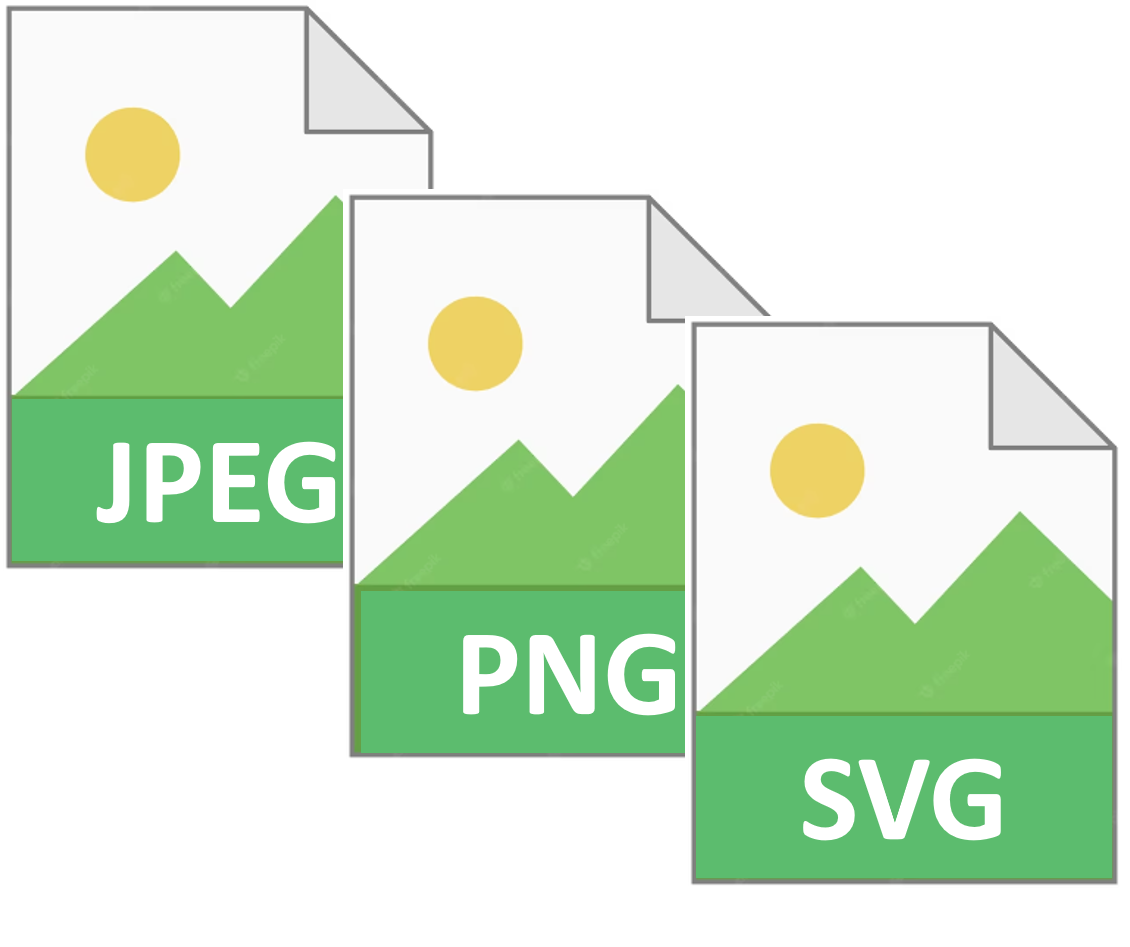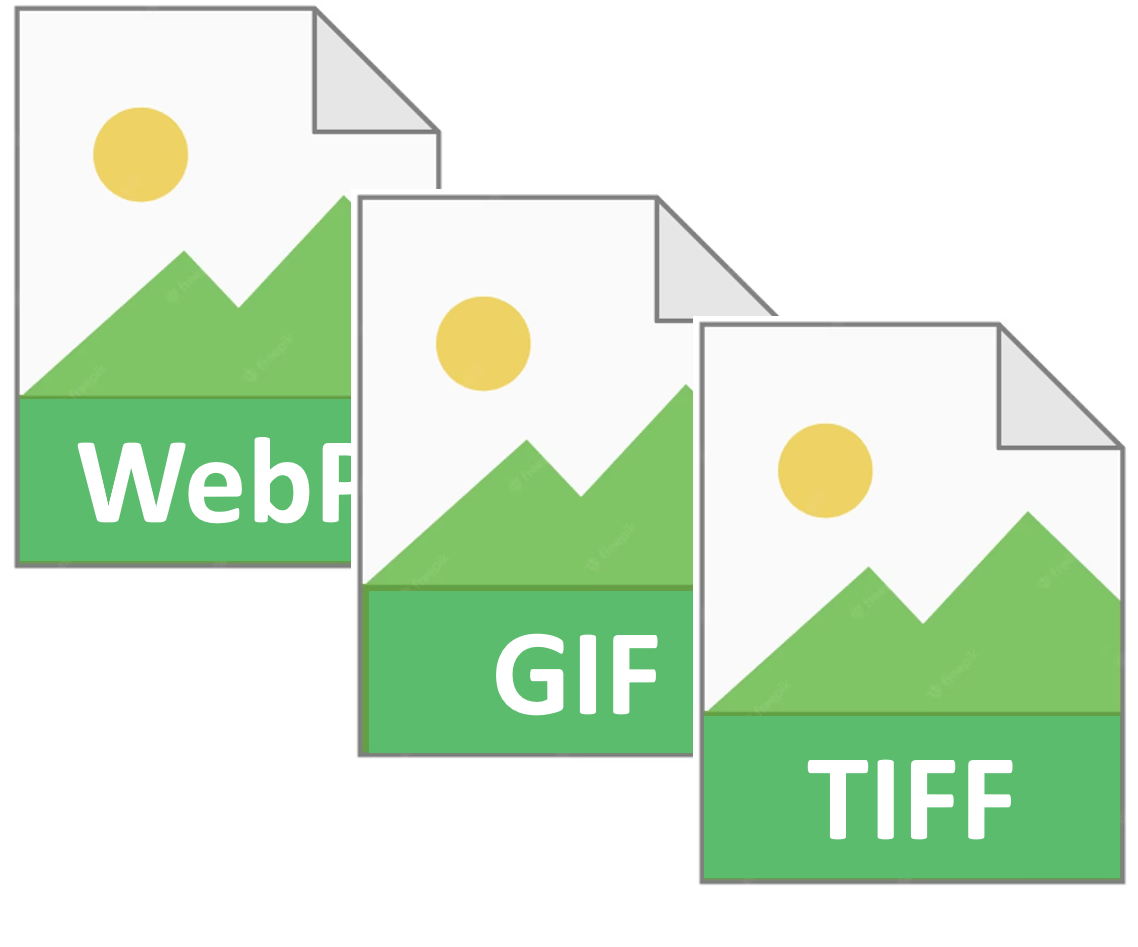Published on July 17, 2023
Importance of Selecting the Best Image Format
Images are vital for search engine optimization (SEO) as they enhance user experience, increase engagement, and improve website rankings on search engine results pages. To optimize images for SEO, you need to consider factors like choosing the appropriate image format, compressing file sizes, adding descriptive metadata, and ensuring fast page load times. This article focuses on the significance of selecting the best image format for SEO.
Common Image Formats :



Selecting The Best Image Format:

We generally choose the image format for a website based on our needs. Factors such as file size, image quality, transparency support, and scalability play a significant role in determining the most suitable format. When choosing the best image format for your specific needs, consider the following factors:
Conclusion
After evaluating different image formats, we can confidently say that JPEG is the top choice for optimizing images for SEO. JPEG is widely supported, has efficient compression, and maintains good image quality while having smaller file sizes. To further boost SEO effectiveness, it is important to use optimization techniques such as image compression, strategic alt text, and proper file naming. By considering the impact of the chosen image format on file size, visual quality, and compatibility, website owners and developers can improve SEO rankings, enhance user experiences, and achieve their online goals.


